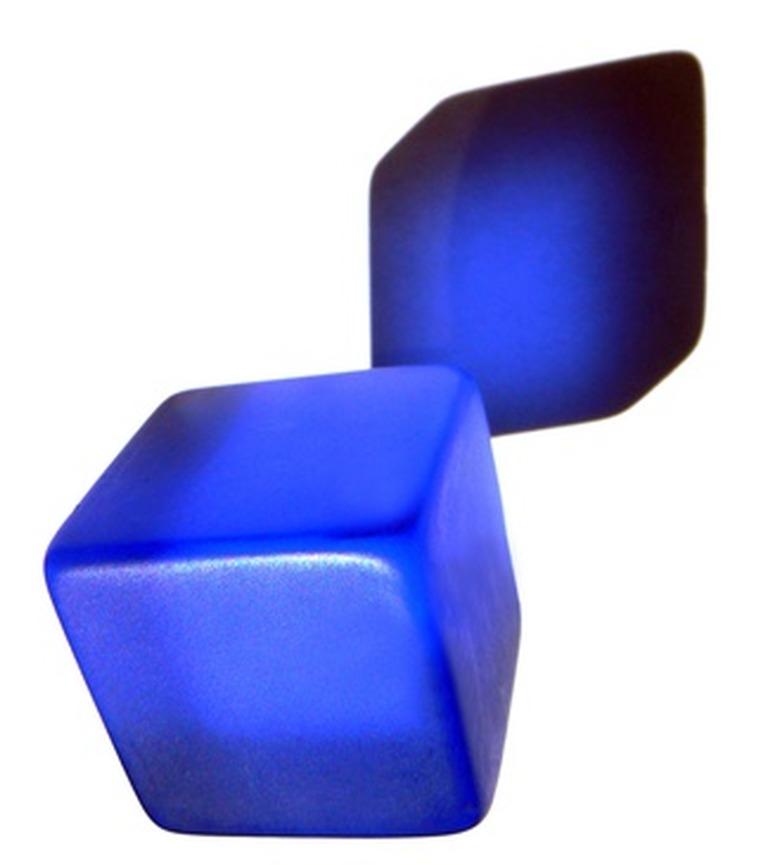How Do You Find The Volume Of An Object?
The volume of an object represents the space it takes up in a 3-D space, according to NASA. The concept of volume is important in applications as varied as measurements for cooking, figuring concrete for construction and various uses in the medical field. Although you can find the volume of any object, how it is determined differs on the object's shape. Find the volume of regularly shaped objects by using formulae, while volume for irregularly shaped objects is found by using the water displacement method.
Regularly Shaped Objects
Step 1
To find the volume of a rectangular object, measure the length, width and height. Multiply the length times the width and multiply the result by the height. The result is the volume. Give the result in cubic units, such as cubic centimeters. Calculate a cube as you would any other rectangular object.
Step 2
To find the volume of a cylinder, measure the diameter across the round end at its widest point. Measure the height. Approximate pi as 3.14. Multiply 3.14 times the diameter. Multiply the result by the diameter again. Multiply this result by the height. Divide the total by four. The result is the volume of the cylinder.
Step 3
Find the volume of a sphere. Lay the sphere down on paper or on the ground. Note where the widest point is across the sphere. Take away the sphere and measure this line, which is the diameter. Multiply 3.14 times the diameter times the diameter times the diameter. In other words, multiply the diameter cubed by 3.14. Divide the total by six. The result is the volume of the sphere.
Step 4
To find the volume of a cone, sit the cone down on its flat bottom next to a wall. On the wall, measure from the bottom of the cone to the top of the cone to get the height. Measure the diameter of the bottom of the cone at its widest part. Multiply 3.14 times the diameter times the diameter times the height. Divide the total by 12. The result is the volume of the cone.
Irregularly Shaped Objects
Step 1
Use the water displacement method to measure irregular objects such as a ring, a stone or a spoon. On the Teachers Network, Natasha Cooke explains that this process is a simple use of measurement and subtraction. Fill the beaker with enough water that allows the irregularly shaped object to fit inside it. Note the level of the water at this point and write the water level without the object.
Step 2
Place the object down into the water. Look at the level of the water again and notice that it has risen. Mark down the new number of units that you measured in the beaker. This is the level including the object.
Step 3
Subtract the level without the object from the level including the object to reach the volume of the irregularly shaped object. The result may be in millimeters if you used a standard beaker.
Things Needed
- Calculator
- Measuring tape or ruler
- Beaker
- Water
Cite This Article
MLA
Thomas, Julia. "How Do You Find The Volume Of An Object?" sciencing.com, https://www.sciencing.com/do-volume-object-6199021/. 24 April 2017.
APA
Thomas, Julia. (2017, April 24). How Do You Find The Volume Of An Object?. sciencing.com. Retrieved from https://www.sciencing.com/do-volume-object-6199021/
Chicago
Thomas, Julia. How Do You Find The Volume Of An Object? last modified March 24, 2022. https://www.sciencing.com/do-volume-object-6199021/
